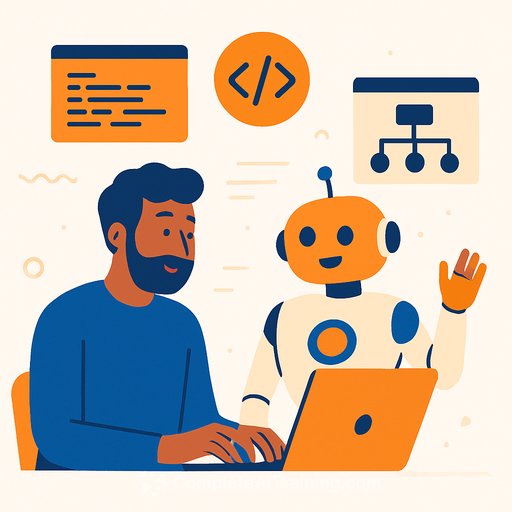The Rise of Vibe Coding in Software Development
Vibe coding is gaining traction as a fresh approach in software development. It uses advanced AI to convert casual, natural-language inputs—often called “vibes”—into working code. This method aims to make programming more accessible and speed up innovation. Companies like Airtable and Redis are actively adopting these tools to improve workflows, though experts warn of the challenges and risks involved.
Unlike traditional programming that requires writing code line-by-line, vibe coding allows developers and even non-technical users to describe what they want in plain English. AI then generates the necessary code. This shift has attracted significant investment in startups focused on building vibe coding platforms. Airtable, for example, has integrated vibe coding to help users prototype applications quickly without needing deep coding skills.
The Promise of Efficiency in Enterprise Settings
Redis, known for its open-source in-memory data store, has implemented vibe coding for both internal tools and customer-facing features. Business Insider reports that Redis engineers use AI-driven vibe coding to enhance caching and real-time data processing, cutting development time by up to 40%. This trend reflects broader industry demands for faster development cycles amid growing competition.
Still, vibe coding performs best with straightforward tasks like boilerplate code or simple scripts. It struggles with complex systems that require detailed context and precision. Airtable’s experience shows that while vibe coding speeds up interface customizations, it sometimes introduces bugs that need human correction, highlighting current limitations.
Security and Reliability Challenges
Security is a major concern with vibe coding. Industry experts have raised alarms on social platforms about risks such as accidentally exposing API keys in code generated by inexperienced users. Incidents where unchecked AI outputs led to data breaches highlight the need for caution. One example, known as the “Tea App Incident,” illustrates how fragile systems can result from overreliance on vibe coding methods.
For companies like Redis that handle sensitive data, vibe coding’s inability to guarantee compliance with regulations such as GDPR has led to hybrid approaches. Reports from sources like TechBullion emphasize that AI-assisted coding boosts productivity but can accumulate technical debt if not paired with thorough testing and oversight.
Real-World Use Cases and Strategic Adoption
Airtable leverages vibe coding in marketing teams to create custom dashboards that track campaigns, integrating smoothly with existing databases. This empowers non-engineers to contribute directly to application development, fostering collaboration across departments. Redis uses vibe coding for rapid prototyping of features like AI-enhanced querying, some of which are part of their 2025 enterprise releases.
However, vibe coding still faces challenges when scaling to mission-critical systems. In high-throughput environments like Redis, even minor errors can cascade into larger failures. Industry insights suggest combining vibe coding with traditional development practices to produce “full-breadth developers” who can refine AI-generated code effectively.
Investment Trends and Future Outlook
Investment in vibe coding startups is strong, with billions flowing into the sector. Influencers like Amjad Masad from Replit discuss initiatives for “Safe Vibe Coding,” proposing safeguards such as automatic masking of sensitive keys to reduce risks.
Looking ahead, vibe coding is expected to improve with more context-aware AI models, potentially transforming how companies like Airtable and Redis build software. Ethical concerns, including embedded biases in AI outputs, remain a focus for the community. Balanced adoption—leveraging vibe coding’s speed while addressing its weaknesses—will be key to building sustainable, efficient software development processes.
For IT professionals interested in AI-assisted coding and automation, exploring targeted training can provide valuable skills. Resources like Complete AI Training offer courses that cover the latest in AI tools and coding techniques.
Your membership also unlocks:






